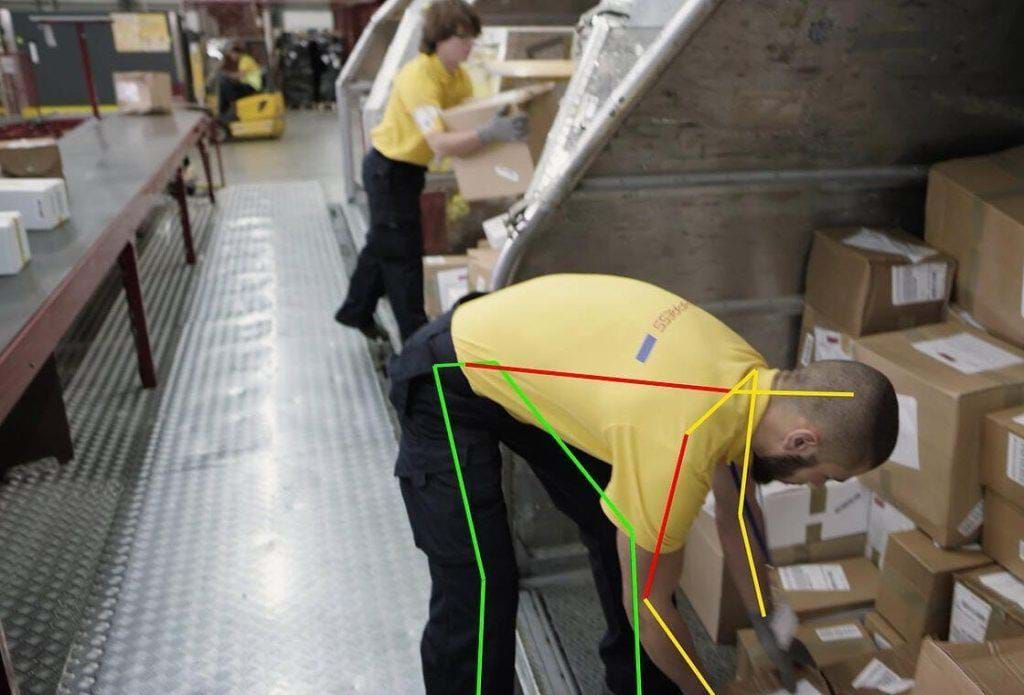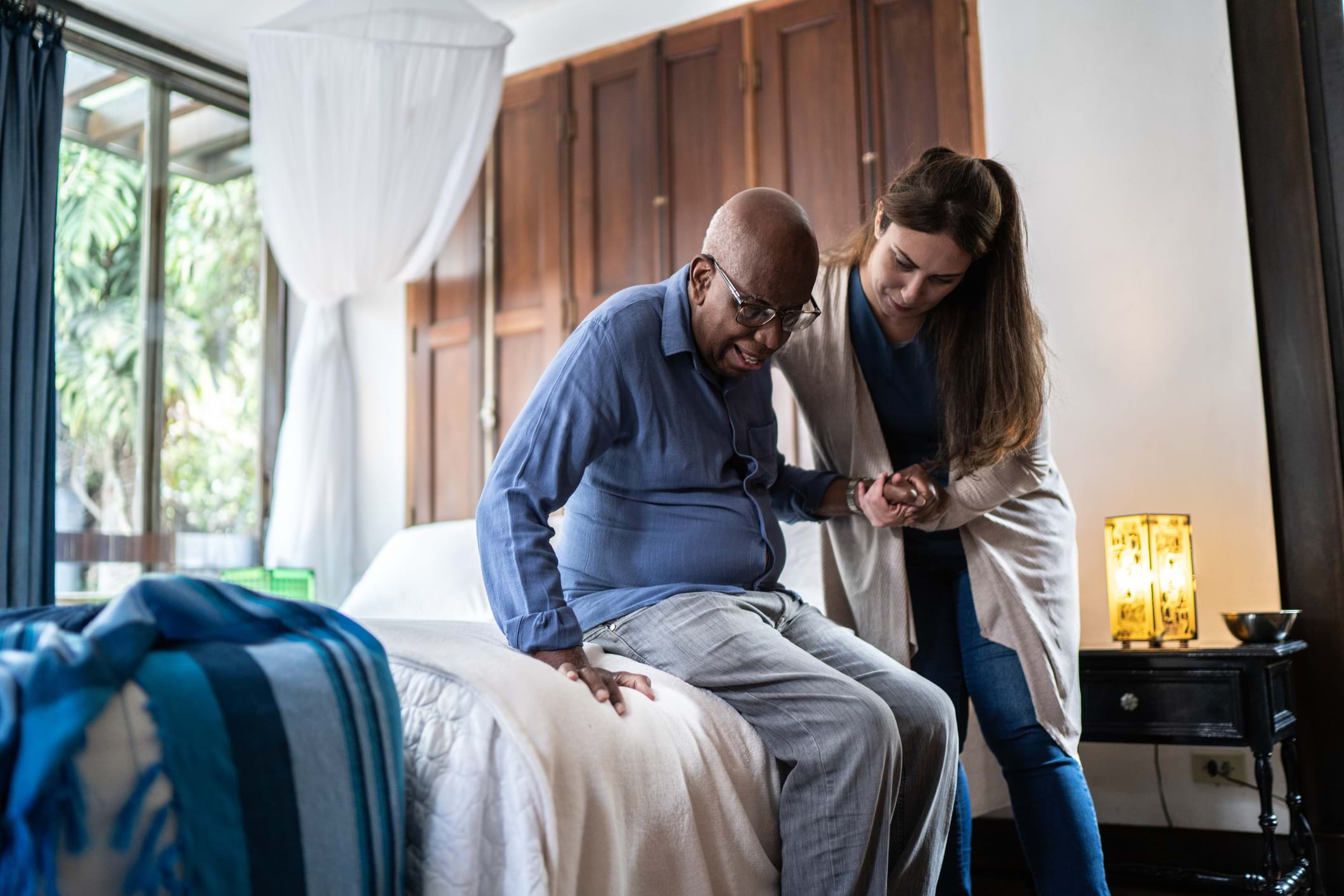Background
Manual material handling (MMH) type incidents impact 72% of Graham clients. In the last 5 years, MMH is the 2nd leading cause of incidents for Graham clients in terms of frequency of claims (# of incidents) and the leading cause in terms of severity of claims ($ incurred). The average total incurred cost of an MMH claim for Graham clients is $11,241. This figure only represents the direct costs associated with an MMH injury. OSHA in its “Recommended Practices for Safety and Health Programs” reports that indirect costs are estimated to be 2.7 times the direct costs. This means that the average MMH cost to our clients can be estimated to be over $40,000. The National Safety Council, in their “The Business Case for Investment in Safety” found that in the construction industry, known for its higher risk, ratios of indirect to direct costs can vary from 4:1 to 17:1 depending on the type of incident. There are things that can be done to impact both the frequency and severity of MMH claims.
Strain and Sprain Injury Prevention Program
Graham introduced its Strain and Sprain Injury Prevention Program (SSIPP) in 2014 as a control measure to combat MMH incidents. It was specifically designed to raise awareness of the risk factors associated with strains and sprains due to MMH jobs/tasks. Last year, Graham’s Safety Services revamped the SSIPP to update the program’s content and add an ergonomics evaluation able to conduct risk assessments of jobs/tasks identified to have a high probability for a strain or sprain type incident due to MMH.
Ergonomics Evaluation Tool
Our due diligence in the ergonomics market confirmed a sole vendor as the clear option: Humantech®. Their sensorless motion-capture technology harnesses artificial intelligence (AI) to accurately assess jobs/tasks via risk assessments. Not only has Humantech aided Graham’s Safety Services Consultants and our clients to identify jobs/tasks based on quantifiable metrics that have a high probability for a strain/sprain incident due to MMH, it has ultimately taken the subjectivity of the assessment away from the evaluator. The following 1.5-minute video showcases the motion-capture technology utilized.
*Image sourced from Humantech

Philadelphia, PA, 19102

EB.jpg)






